frequently asked questions
common questions
find answers fast here
need help?
call, contact form or email
get growing
find your garden match
-
Assembly is a breeze. We use standardized parts, so there’s only one size for everything—nuts, bolts, corners, rungs, and panels. All hardware is included. The instructions for your model can be found in a packet on the outside of the carton, near the address label. Just hand-tighten the bolts first, then finish up with a wrench or pliers.
-
We utilize galvanized steel throughout, with 23 gauge for the sidewalls and 18 gauge for the corners, all held together by heavy-duty nuts and bolts. The corner brackets are securely attached to the support rungs in each modular section. These brackets are vital for long-term support, making our system the best choice for larger garden beds.
-
The top edge is smooth for your safety, as it’s been folded over to eliminate sharpness. Be sure to install the panels with the folded side facing up.

-
Definitely not—studies show that soil in galvanized beds stays at a more consistent and ideal temperature than in beds made from concrete, or like material which absorb and retain heat. The key is galvanized steel’s higher albedo, reflecting heat away instead of soaking it in. Research has found that galvanized steel helps maintain optimal soil temperatures, leading to benefits like better fruit color, more uniform maturity, improved fruit set, larger fruit, and increased overall yield.
-
Since the early 1980s, research has consistently highlighted the benefits of reflective material technology for fruit and vegetable crops in diverse climate zones worldwide. These include better fruit color and sweetness, more even maturity, improved fruit set, larger fruit, and increased yields.
-
While the Rustic and Sage models don’t offer the same reflective benefits as our Original Series, they still provide all the other advantages, especially supporting deep root growth.
-
The cardboard box your garden bed comes in is plain and free of any print, making it ideal for use as a weed barrier. Alternatively, you can opt for landscape fabric. For deck and patio gardens, a 6-inch layer of river rock over landscape cloth works exceptionally well as a base.
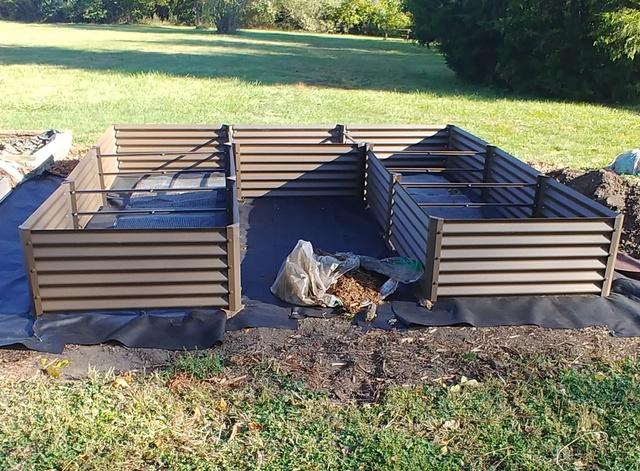
-
To find the soil requirements for a specific model, simply check the product page for that model. To save on soil, you can use firewood, logs, or stones as a filler for the bottom half of your metal garden bed. Just remember, plants with deep root systems may need the full soil depth, so reserve this method for shallow-rooted plants.
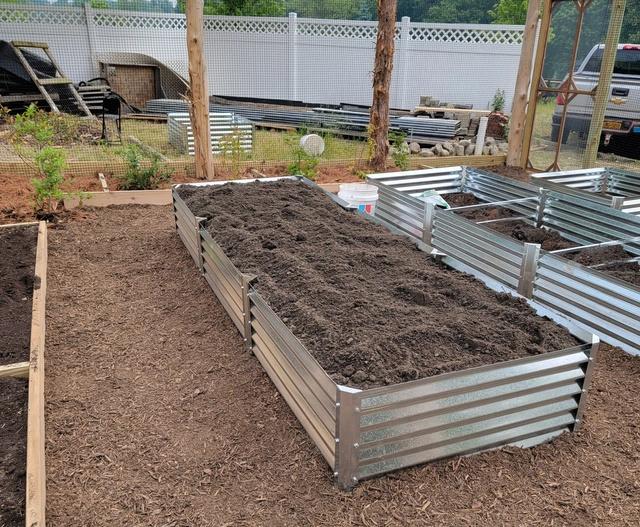
-
Our website features an extensive selection of garden beds, and you can enhance them with our extenders to create a setup that works for you. Back in 2012, we tried offering custom garden beds with unique sizes, but the cost per unit became too high. Although our dimensions are standardized, our modular system allows you to design and adjust the length to fit your space.
-
Our Metal Garden Beds come in a standard height, but you can increase the height by building a rectangular stone base and placing the beds on top.
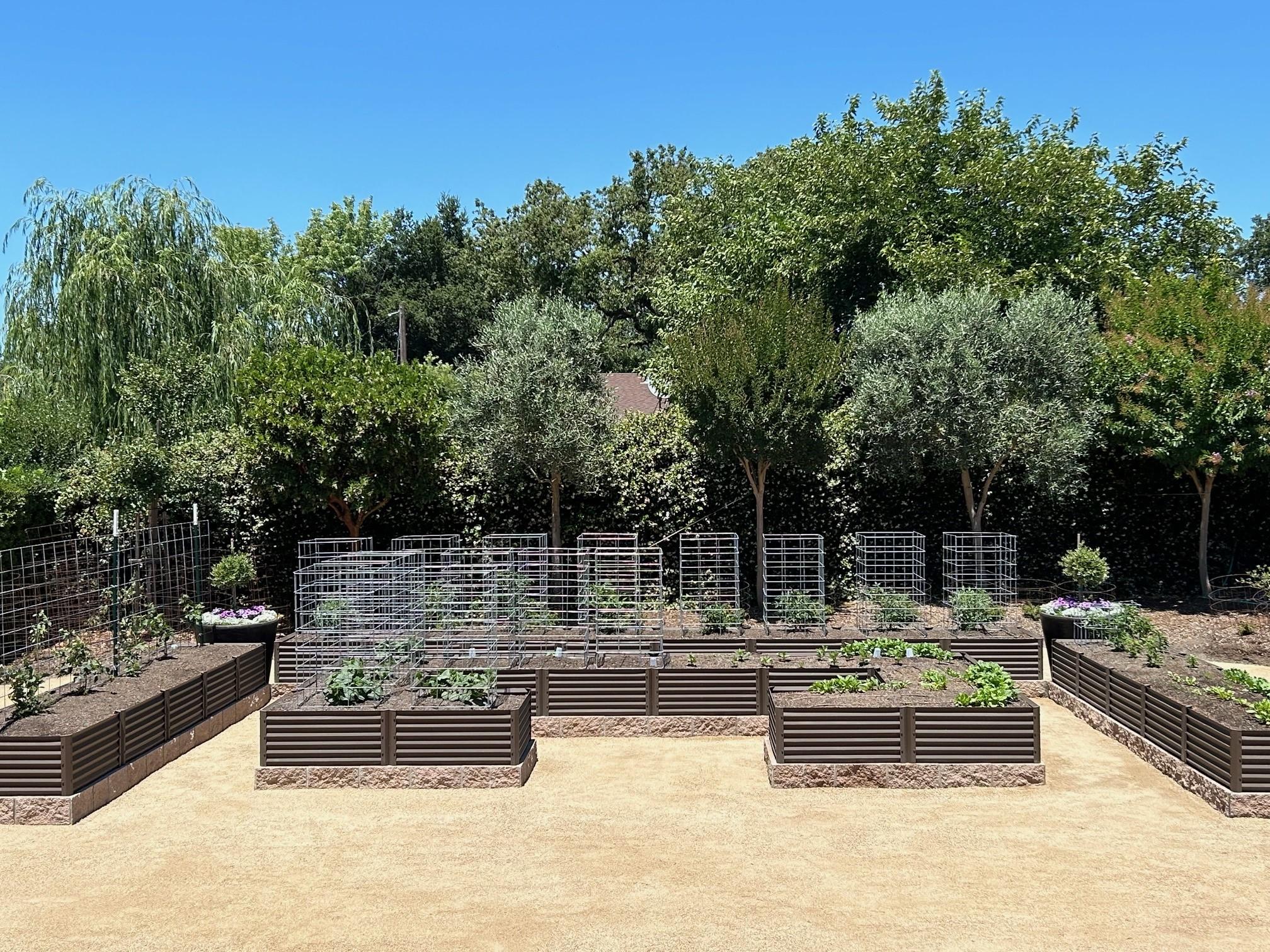
-
If you’d like to paint our galvanized metal garden beds, visit a store that sells metal primers and paints. Begin by applying the primer, starting at the top and working downward, and let it dry completely. Then, apply the metal paint, making sure it’s the same brand as the primer.
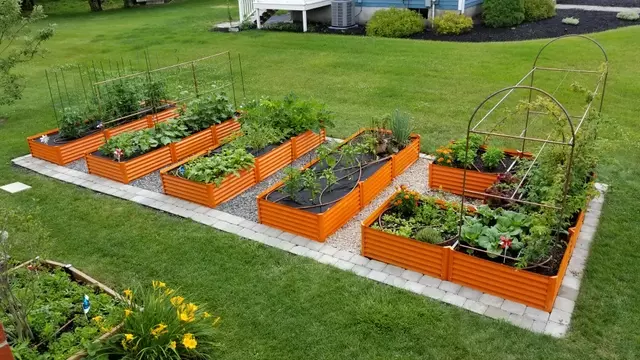
-
Yes, you can add a wooden top ledge. Customers typically create these by building a box frame either inside or outside the unit and then attaching the top ledge to that frame.
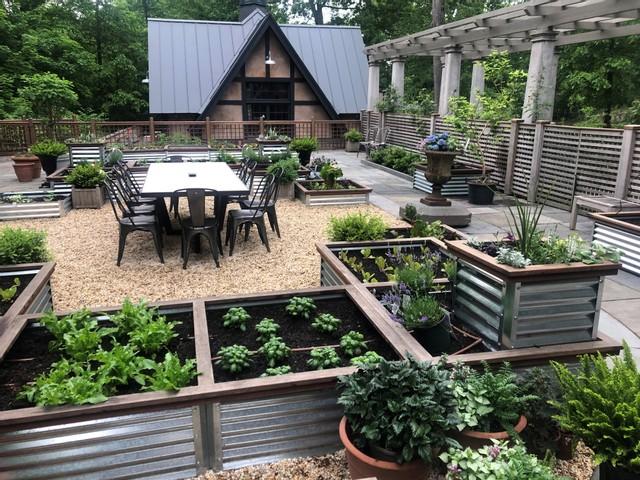
-
We suggest using crop cover hoops for winter protection and summer shade. Flexible PVC pipe, available at home stores, can be cut to your preferred length, bent into shape, and buried deep into the soil along the inner sidewall. Cover the hoops with plastic sheeting in winter and shade cloth in summer. For extra support, chicken wire can be added between the hoops.
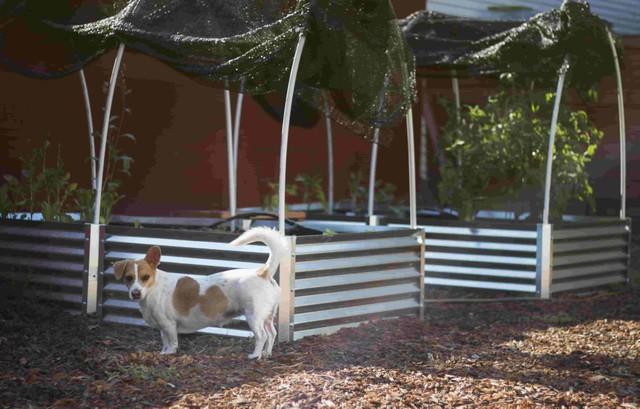
-
Our garden beds are highly durable, even in winter snow. They’ve withstood extreme weather, including winter storms, tropical storms, and hurricanes, without any issues. After Hurricane Laura, one gardener wrote to us, "My two metal garden beds survived a hit from Laura without any damage. They stayed put, which is more than I can say for the rest of my house."

-
For shipments to Alaska and Hawaii, we send your order to Alaska Marine Lines in Seattle, WA. You can contact AML to set up your shipping account, and they’ll arrange delivery by barge to your location. For Canadian customers, we recommend using a cross-border logistics company like Pudo Point. Our standard shipping covers any UPS address within the lower 48 states.
design your garden
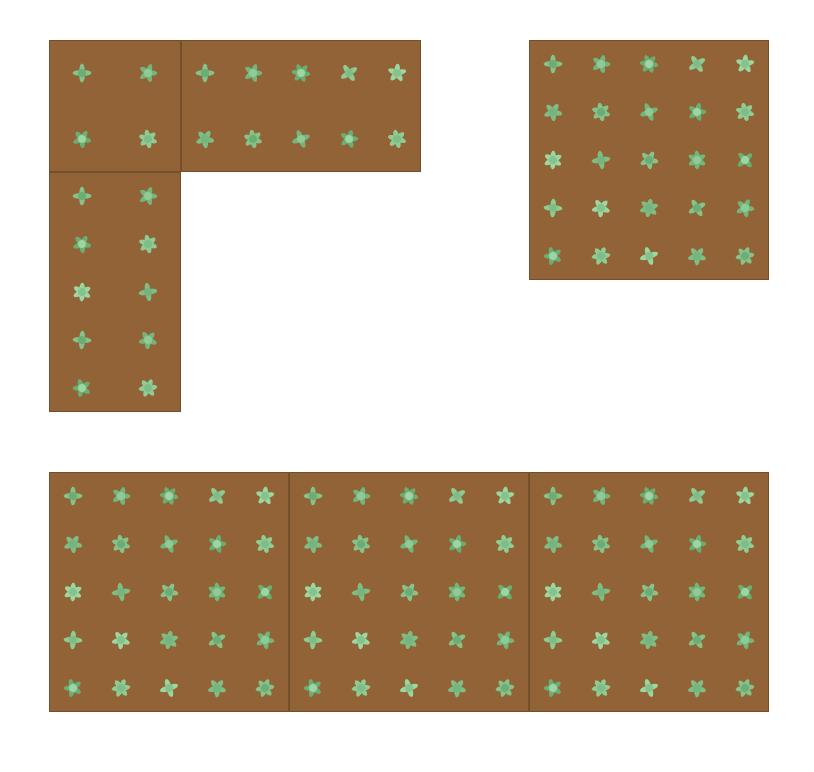
Custom Garden Layouts — Made Just for You
Have a garden space you’re dreaming about? Send us your plot dimensions — whether it’s 12×20 feet behind your home, a 16×30 side yard, or a large 40×50 community plot — and we’ll plug it into our custom design program to show you how our garden beds can perfectly fit your space. Simply tell us your width and length — we’ll take care of the rest.
Once we receive your measurements, we will create a personalized garden layout and send you back a clear, easy-to-read file showing exactly how your new garden could look. You’ll see bed placement, walkways, and flow — everything you need to start visualizing your garden before the first seed goes in the soil. Many customers tell us this step helps them spot the ideal layout they hadn’t even imagined. Send us your dimensions today, and let’s design something incredible together.
